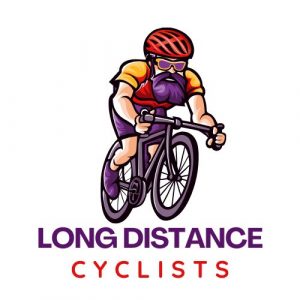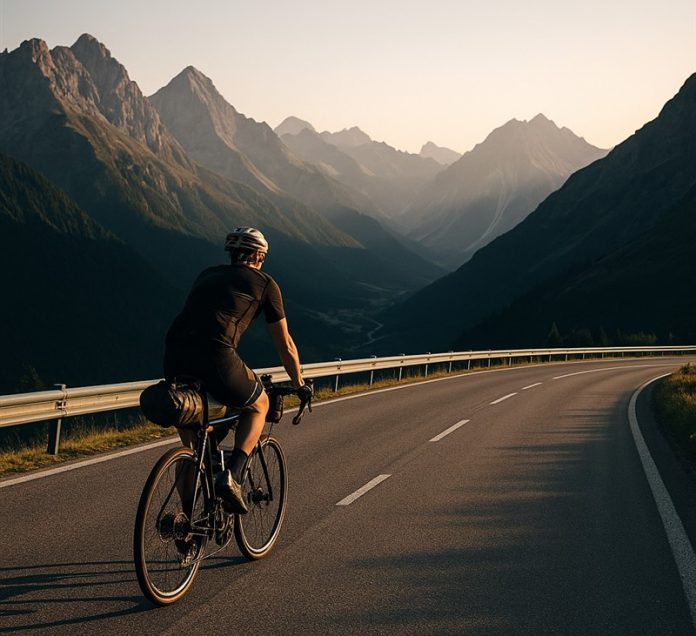Introduction
The Transcontinental Race (TCR) is a self-supported, ultra-distance cycling event that spans the European continent. Established in 2013, it has become a benchmark for endurance cyclists seeking the ultimate test of navigation, resilience, and autonomy. Unlike traditional stage races, the TCR requires riders to chart their own course between mandatory checkpoints, emphasizing strategic planning and self-reliance.
History of the Transcontinental Race (TCR)
The TCR was founded by the late Mike Hall, a revered figure in the ultra-distance cycling community. Hall envisioned a race that combined the spirit of adventure with the rigors of competition, all without external support. The inaugural race in 2013 set the tone for what would become an annual challenge attracting cyclists worldwide. Following Hall’s untimely passing in 2017, the race has continued under the stewardship of Lost Dot, preserving his legacy and the race’s core principles.
Route Overview
Each edition of the TCR features a unique route, but the fundamental structure remains consistent:
- Start Location: Varies annually; past starts include Geraardsbergen, Belgium.
- Finish Location: Also varies; examples include Thessaloniki, Greece, and Istanbul, Türkiye.
- Distance: Approximately 4,000 km.
- Terrain: Diverse, encompassing alpine climbs, rolling hills, and flat stretches.
- Checkpoints: Typically four, each with a mandatory parcours (specific segment) that riders must complete.
Riders must navigate between these checkpoints using their own routes, adding a layer of strategic complexity to the physical challenge.
Ride Format and Rules
- Type: Single-stage, self-supported race.
- Support: No external assistance; riders must be entirely self-reliant.
- Navigation: Participants choose their own routes between checkpoints.
- Time Limits: While there’s no official cutoff, most riders aim to finish within 10 to 15 days.
- Tracking: Live GPS tracking is used for safety and to engage the global cycling community.
When It Happens
The TCR is held annually, typically starting in late July. This timing offers long daylight hours but can also present challenges such as high temperatures and unpredictable weather in mountainous regions.
Who Can Enter
The race is open to solo riders and pairs. Applicants must demonstrate experience in long-distance, self-supported cycling. Due to high demand, entry is competitive, and a selection process is in place to ensure participants are prepared for the race’s demands.
Bike and Gear Recommendations
Given the race’s varied terrain and self-supported nature, bike setups must balance speed, comfort, and reliability.
- Bike Type: Endurance road bikes or gravel bikes are common choices.
- Tires: Wider tires (28-35mm) for comfort and versatility.
- Gearing: Wide-range gearing to handle steep climbs.
- Lighting: Dynamo hubs paired with powerful front and rear lights for night riding.
- Luggage: Bikepacking bags to carry essentials without compromising aerodynamics.
For instance, in TCR No.10, riders utilised setups like the Specialized Roubaix SL8 with 35mm tires and dynamo lighting systems.
Mental & Physical Challenges
- Long solo hours
- Sleep deprivation
- Self-navigation under pressure
- Riding through unknown terrain and countries
- Weather extremes
- Decision-making fatigue
Training Tips & Lessons Learned
- Don’t overpack – Every gram matters
- Know your gear inside out
- Practice navigating offline
- Sleep management is as important as riding fast
- Train on climbs and simulate sleep-deprived riding
- Have a contingency plan for mechanicals and border crossings
- Endurance Building: Gradually increase ride distances to build stamina
- Navigation Skills: Practice route planning and using GPS devices
- Bike Handling: Train on varied terrains to improve adaptability
- Self-Sufficiency: Develop skills in on-the-go bike maintenance and problem-solving
A typical goal is to average around 270 km per day, which requires not only physical fitness but also efficient time management and recovery strategies.
Accommodation and Logistics
Given the self-supported nature of the race, riders often rely on a mix of accommodations:
- Hotels and Hostels: For rest and recovery.
- Camping: Using lightweight tents or bivy sacks.
- Resupply Points: Strategically planned stops for food and water.
TCR Completion Stats
Most finishers complete the race in 9 to 16 days, depending on goals and pacing.
Finish rate: ~60–70%
Fastest times: Under 9 days for top riders
Cutoff: No hard cutoff, but a “finisher’s party” is typically held on the 15th or 16th day of the race
Community and Culture
The TCR fosters a unique community spirit, emphasizing camaraderie, mutual respect, and the shared experience of overcoming immense challenges. Despite the competitive aspect, riders often support each other, sharing resources and encouragement along the way.
Logistical planning is crucial, as riders must ensure they have access to necessary services along their chosen routes.
Famous Riders and Notable Completions
The TCR has seen remarkable performances from elite endurance cyclists:
- Kristof Allegaert (Belgium): Dominated early editions, winning in 2013, 2014, and 2016.
- Josh Hibbert (UK): Won the 2015 TCR
- James Hayden (UK): Secured victories in 2017 and 2018.
- Fiona Kolbinger (Germany): Made history in 2019 as the first woman to win the TCR, completing the race in 10 days, 2 hours, and 48 minutes.
- Christoph Strasser (Austria): Won the race in 2022 and 2023
- Robin Gemperle (Switzerland): Won TCR No.10 in 2024, finishing in 8 days, 23 hours, and 59 minutes.
Final Thoughts
The Transcontinental Race is not just a ride — it’s a personal reckoning. It strips away distractions, forces total self-reliance, and rewards those who can endure the chaos of riding across an entire continent. Whether you race to win or simply aim to finish, the TCR leaves a mark on your cycling soul forever.
Have you ridden the TCR or are you planning to one day? Share your thoughts, stories, or questions in the comments section below or submit your ride report here.








